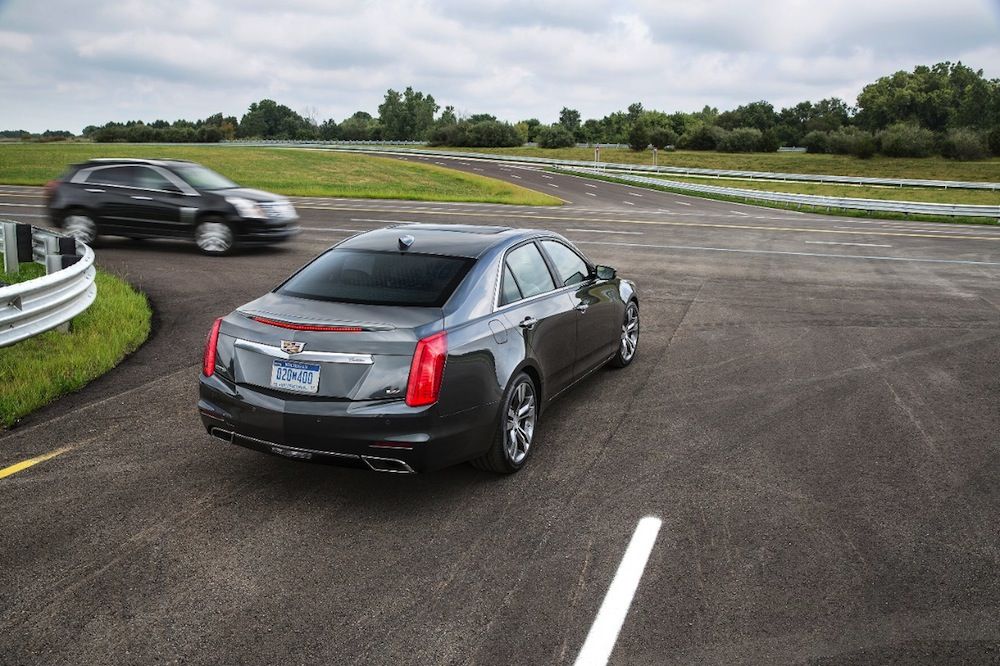Look Ma, No Hands! GM Announces 'Intelligent' Driving Tech

Forget what you learned in driver's ed. The newest must-have feature for cars lets drivers navigate without putting their hands on the steering wheel or even stepping on the gas pedal.
Known as "Super Cruise," this futuristic feature has been in development by General Motors (GM) for several years, but the company recently announced that some new Cadillac models will be equipped with the "intelligent" vehicle technology by 2017. Super Cruise combines a few technologies, including hands-off lane following, which automatically corrects the movement of your car if you wander over the yellow line or onto the shoulder of a road. It also features automatic speed control— similar to cruise control— and automated braking, which can help drivers avoid collisions, GM officials said in a statement.
In addition to these new capabilities, GM also plans to roll out another smart technology, known as vehicle-to-vehicle (V2V) communication, by 2017. V2V will allow cars equipped with the technology to swap information about their location, speed and direction of travel. This data can be used in conjunction with the "forward collision warning systems" already available on many GM models to mitigate traffic collisions and help drivers avoid congested areas, according to the company. [Hyperloop, Jetpacks & More: 9 Futuristic Transit Ideas]
While the new Super Cruise feature won't make cars entirely autonomous, it does take GM one step closer to creating a driverless car — a goal that many automakers seem to be working toward.
In January 2014, a French startup called Induct Technology introduced the first commercially available driverless car, called the Navia. However, this small, electric vehicle looks more like a golf cart than a conventional sedan, and only reaches speeds of up to 12.5 mph (20 km/h), according to the company's website.
Most of the autonomous technologies already developed by car companies are similar to GM's Super Cruise, enabling cars to park themselves or to automatically avert safety hazards. For now, much of the discourse surrounding truly driverless cars has focused on the legality of this autonomous technology. But so far, lawmakers in several countries have done little to stop the development of driverless cars.
In July, the United Kingdom passed a law that states that driverless cars will be allowed on British roadways starting in January 2015.
Sign up for the Live Science daily newsletter now
Get the world’s most fascinating discoveries delivered straight to your inbox.
In the United States, the push for autonomous automobiles is being led by Google, whose self-driving car has already logged more than 300,000 miles (483,000 km). In May, Google's home state of California passed a law that approved the testing of driverless vehicles on public roadways. Three other states — Florida, Michigan and Nevada — as well as the District of Columbia, have also passed laws allowing testing of these futuristic cars on public streets.
Follow Elizabeth Palermo @techEpalermo. Follow Live Science @livescience, Facebook & Google+. Original article on Live Science.

Elizabeth is a former Live Science associate editor and current director of audience development at the Chamber of Commerce. She graduated with a bachelor of arts degree from George Washington University. Elizabeth has traveled throughout the Americas, studying political systems and indigenous cultures and teaching English to students of all ages.











